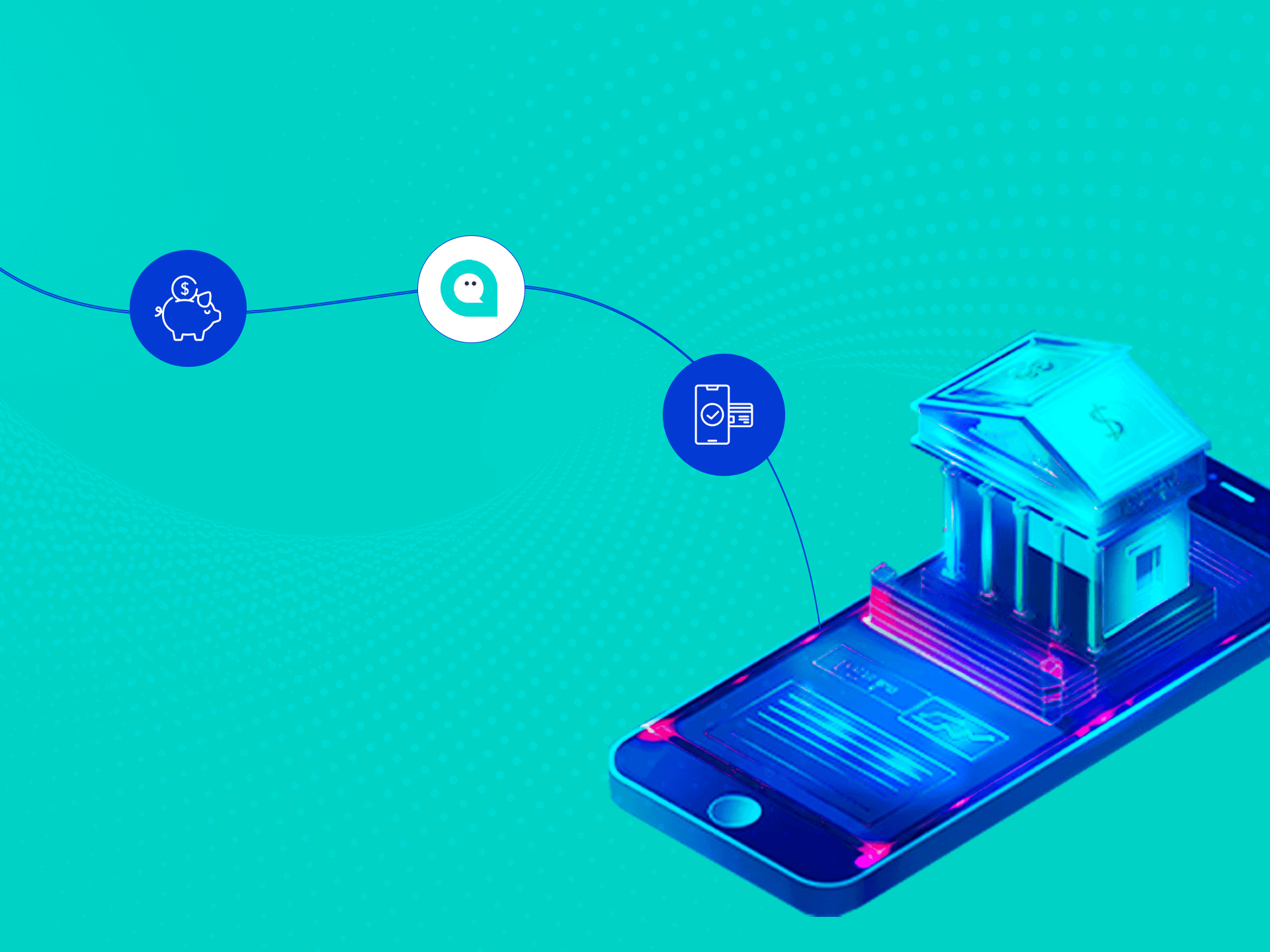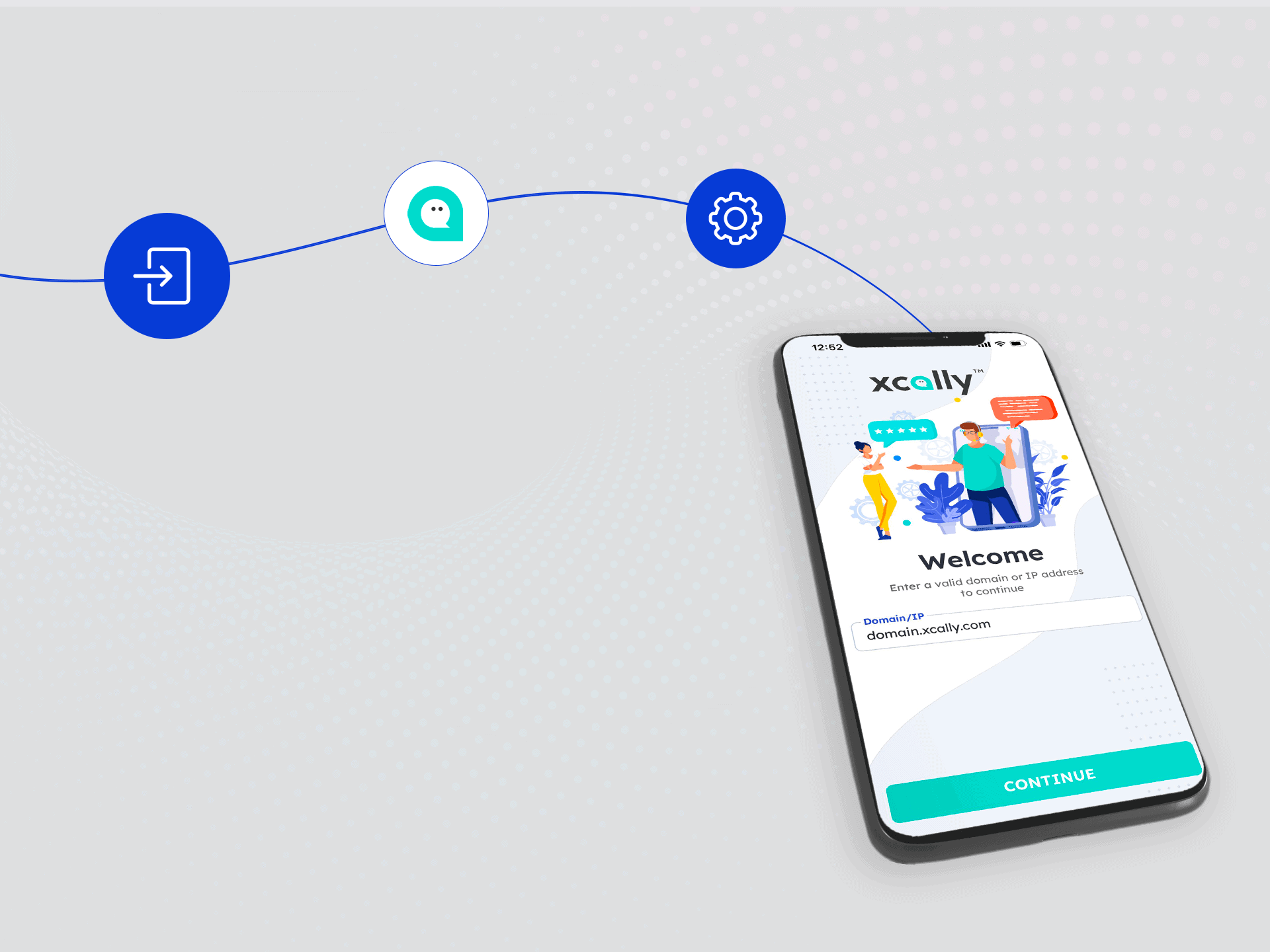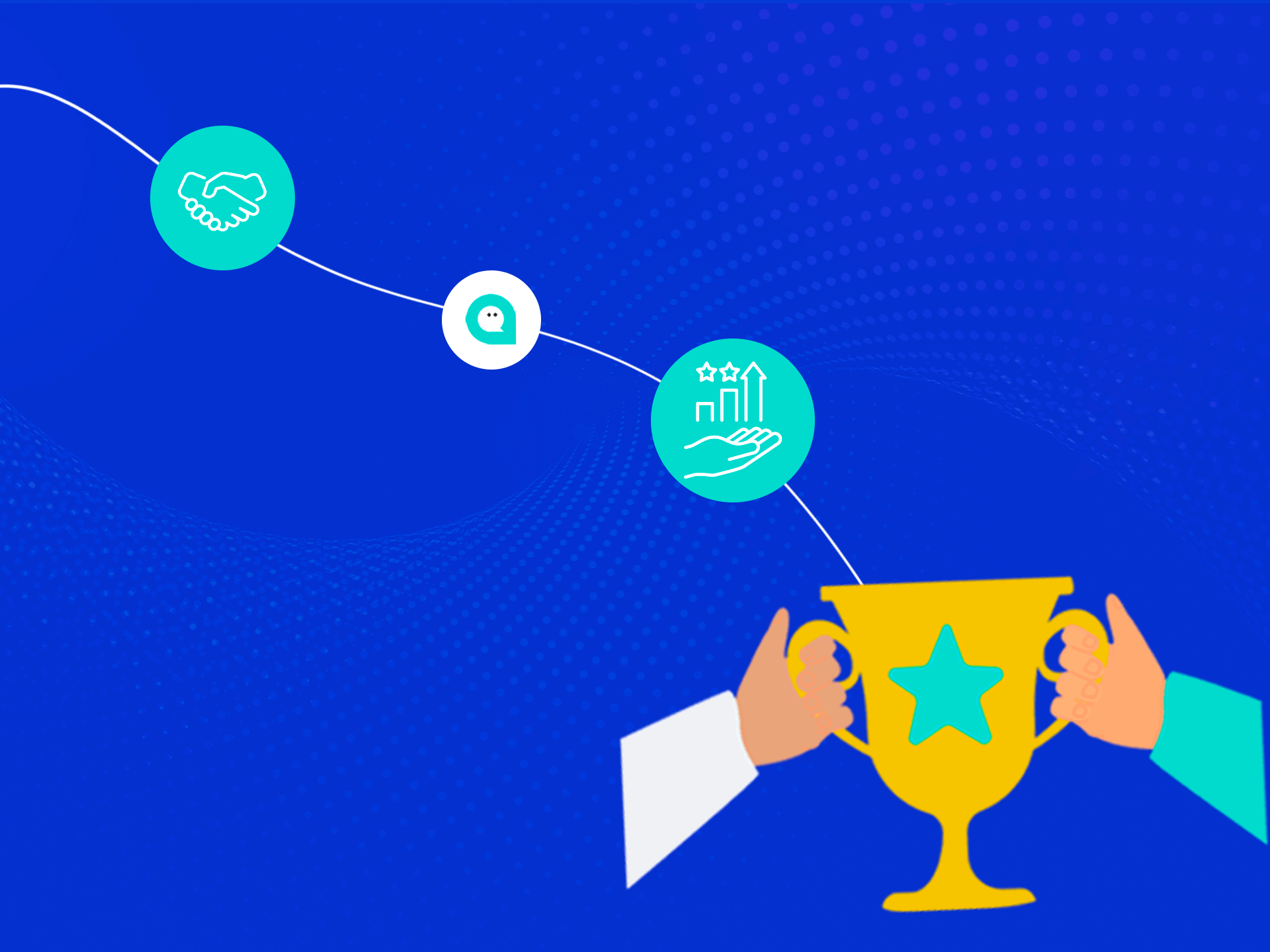Chatbots or virtual agents have become essential tools for businesses seeking to improve customer interaction. But to be truly effective, these virtual agents must be trained properly. This article will guide you through the fundamentals of virtual agent training.
What is a Virtual Agent?
A virtual agent, or chatbot, is software programmed to interact with users in a form of natural language. These agents can answer questions, provide assistance, perform operations, or assist users with complex system procedures.
What is virtual agent training
Virtual agent training is a fundamental process for improving the intelligence and responsiveness of chatbots, and it involvestraining machine learning algorithms for virtual agents to better handle natural language conversations with users.
This is typically done through:
- Supervised machine learning
- NLP and text classification
- Reinforcement of autonomous learning
Virtual Agent Training Process
Training processes in virtual agent training focus onprocessing data and optimizing chatbot responses. During the training process, data are processed using the appropriate algorithms, and chatbots are tested and evaluated to weigh their performance. This continuous training cycle allows chatbots to steadily improve over time. Training then is structured in 3 moments:
- Preparation Phase: The preparation phase includes data collection and cleaning. This may include removing duplicate or irrelevant data, resolving data quality issues, and encoding the data in a format that can be used by machine learning algorithms.
- Training Phase: During the training phase, machine learning algorithms use the prepared data to build a model. This model is basically what allows the virtual agent to make predictions or decisions based on new data.
- Testing Phase: After training, the model should be tested for accuracy. This may include running the model on a test dataset and evaluating its predictions or decisions.
Machine Learning Algorithms
Data are at the heart of virtual agent training. The types of data needed for training vary depending on the specific function of the chatbot. For example, a chatbot intended for customer service might require historical data on customer interactions, while a chatbot for travel booking might need data on flights, hotels, and tourist destinations.
In the context of virtual agent training, the use of advanced algorithms is essential to improve the intelligence of chatbots. Machine learning algorithms, such as artificial neural networks, enable chatbots to analyze large amounts of data and automatically learn from patterns and previous responses. This allows them to provide more precise and personalized responses, improving their performance over time and, consequently, the customer experience.
There are a few types of machine learning algorithms used in virtual agent training:
- Supervised learning algorithms: algorithms that require a set of labeled training data, which the chatbot uses to learn to make predictions or decisions.
- Artificial neural networks: machine learning algorithms that train chatbots to recognize complex patterns and learn from historical data. This enables them to provide more accurate answers and adapt to new situations.
- Decision trees: allow chatbots to make decisions based on a set of rules and conditions. They are useful for managing complex conversation flows and guiding users to the correct solution.
- Supervised learning algorithms: These algorithms require initial training by human operators. They are used to teach chatbots how to answer specific questions or provide accurate information.
- Unsupervised learning algorithms: These algorithms do not require labeled data and can learn patterns and structures from unstructured data.

Benefits of Virtual Agent Training
Virtual agent training offers many benefits for companies using chatbots. First, properly trained chatbots are able to provide more accurate and relevant answers to customer questions, improving the overall user experience. In addition, intelligent chatbots can handle more requests, reducing the workload of human operatorsand increasing operational efficiency. Finally, trained chatbots can be customized to fit a company's specific needs, improving brand consistency and customer satisfaction.
Best Practices for Virtual Agent Training
For effective virtual agent training is good:
- Prepare large, balanced, and high-quality datasets: it is critical to ensure that accurate and representative data are collected and used to train chatbots. This will ensure reliable and effective responses.
- Choose AI algorithms best suited to the use case: AI algorithms vary in their learning capabilities and in the accuracy of the responses provided by virtual agents. Choosing the algorithms best suited to the use case enables improved accuracy of chatbot responses, providing a more satisfying user experience.
- Regularly evaluate performance: regularly monitor and evaluate chatbot performance to identify areas for improvement so that training processes and algorithms can be modified accordingly to increase their effectiveness.
- Continuously refine and enrich capabilities: the process of training virtual agents is iterative. It is essential to regularly update and refine training data, algorithms, and processes to keep chatbots intelligent and up-to-date.
Conclusions
Creating a virtual agent that can interact effectively with users requires careful training. Through the use of machine learning algorithms and big data, a virtual agent can be trained to understand and answer user questions, provide assistance and guide users through complex system procedures. With the proper training, virtual agents can become valuable tools for improving interaction with customers.
XCALLY and Virtual Agent Training
If you don't have in-house expertise, you can rely on providers specializing in Virtual Agent Training as-a-Service, who provide pre-trained chatbots or take care of the full training.
Do you want to improve your virtual assistant's conversational skills? Contact our experts!
XCALLY, a powerful contact center platform, offers several features that make it extremely useful for training virtual agents and developing intelligent chatbots. Here are the main features of XCALLY:
- Intuitive interface: XCALLY provides an intuitive and easy-to-use user interface that simplifies virtual agent training. Even less experienced users can easily navigate and use the platform to enhance chatbot capabilities.
- Advanced analytical tools: XCALLY offers powerful analytical tools to monitor and evaluate the performance of virtual agents. You can collect real-time data, view detailed reports, and identify areas for improvement to optimize chatbot responses.
- Integration with external systems: XCALLY allows theintegration with external systems such as CRM and databases., allowing virtual agents to access up-to-date and customized information during customer interactions. This helps to provide more accurate and relevant answers.
- Customizable workflows: XCALLY allows you to create custom workflows for training virtual agents. Scenarios, routing rules and action sequences can be defined to ensure effective interaction management and targeted training.
- Omnichannel support: XCALLY supports multiple communication channels, including chat, phone, email and social media. This allows virtual agents to be trained to respond consistently and coherently across multiple platforms, providing a consistent customer experience.
Because of these features, XCALLY proves to be a valuable tool for training virtual agents., enabling companies to create intelligent, personalized chatbots that provide high-quality customer service.




